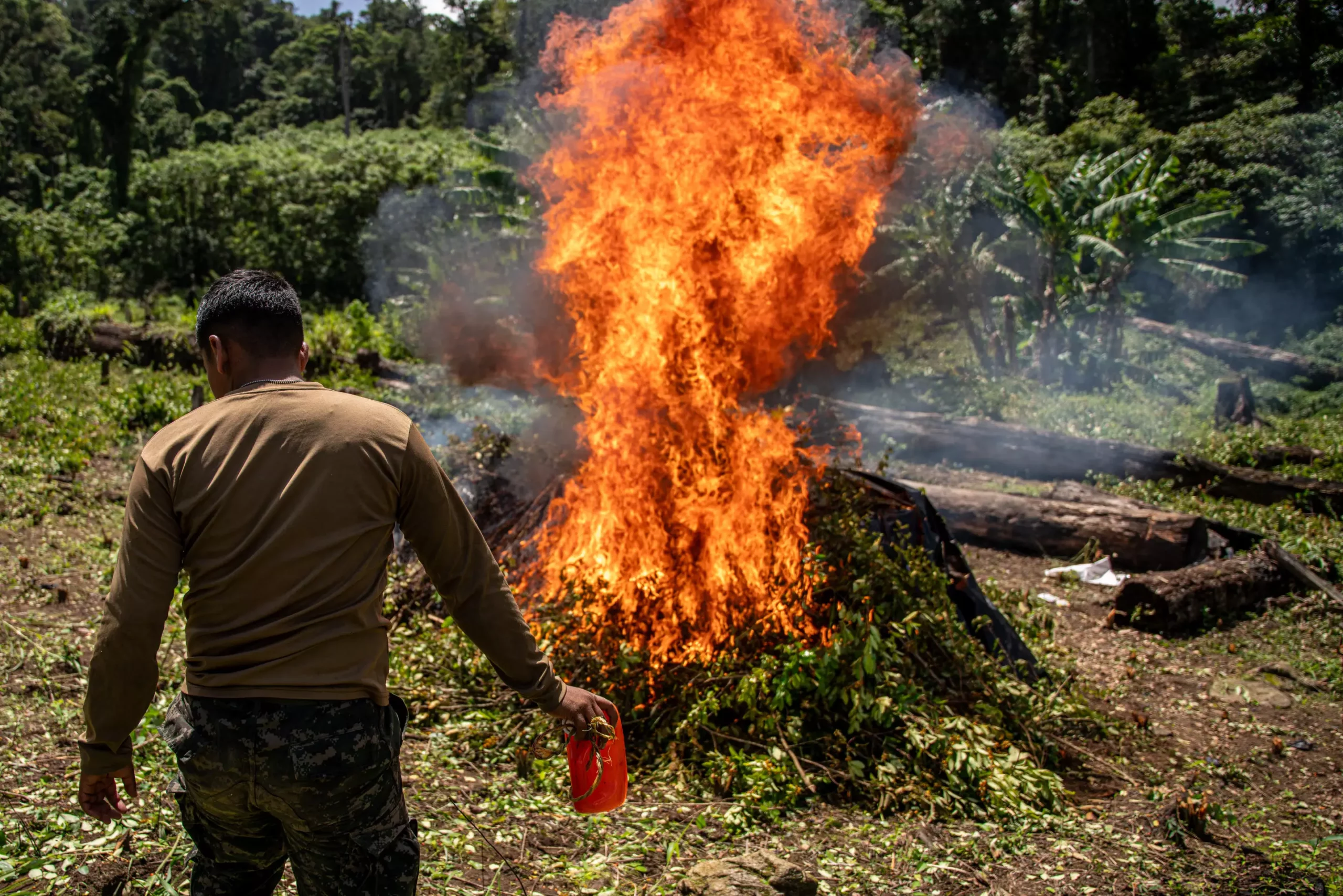The coca plant, long synonymous with cocaine production and associated primarily with the Andean regions of South America, is facing a transformative shift. Recent research indicates that northern Central America, comprising countries like Honduras, Guatemala, and Belize, has landscapes that are conducive to coca cultivation, challenging the long-standing monopoly South America has held in this illicit market. This article explores the findings of the study, the potential causes of coca’s spread, and its broader implications for drug trade dynamics.
Conducted by researchers including Kendra McSweeney from The Ohio State University and Paulo J. Murillo-Sandoval from the Universidad del Tolima, this study identified that approximately 47% of northern Central America has the optimal conditions for coca farming. While coca plantations are still sporadic, the researchers utilized a sophisticated data analysis technique that compared the environmental characteristics in this region to known coca-growing areas in Colombia. By integrating soil, climatic, and topographical data, they established a compelling case for this region’s potential for coca production.
This assessment is ground-breaking because it highlights a significant shift in the geography of coca cultivation. For decades, the global cocaine market had been predominantly fed by coca grown in Colombia and other Andean nations. However, now there exists a real possibility that new production areas could emerge in Central America, marking a critical juncture in the dynamics of cocaine trafficking.
The question arises: why would criminal organizations turn their sights on northern Central America when coca is already abundant in South America? One theory posits that the conclusion of Colombia’s armed conflict in 2016 introduced new business frameworks for cocaine production. This historical shift allowed the drug trade to explore alternate routes closer to lucrative markets, such as the United States.
Additionally, Central America appears to present a less regulated environment for the acquisition of precursor chemicals needed for cocaine production. The relative ease of accessing these necessary ingredients may persuade traffickers to diversify their operations. Moreover, by cultivating coca closer to distribution points in the North, traffickers can effectively shorten the supply chains that make their operations vulnerable to law enforcement.
McSweeney notes that the logistical advantages for traffickers are clear. The proximity to the U.S. market could provide significant operational benefits, allowing them to minimize risks associated with transporting cocaine across longer, more monitored routes from South America.
Despite the vital nature of the findings, the researchers faced complex ethical dilemmas regarding publication. Concerns emerged that this research could inadvertently aid criminal enterprises or lead to increased police attention on vulnerable rural communities. These communities often bear the brunt of anti-drug enforcement tactics, facing stigma and violence as law enforcement cracks down on areas perceived to be associated with coca cultivation.
In discussions about whether to disseminate the research findings, collaborators emphasized the public’s right to be informed. Mariana Murillo-Sandoval, a key contributor, conveyed the importance of awareness among local citizens so they could prepare for the potential escalation of the coca industry in their regions. This highlighted a core tension in drug policy discussions: how to balance the need for transparency and community awareness with the potential of aiding criminal activities or exacerbating local tensions.
The research urges policymakers to revisit conventional approaches to drug control that have historically focused on eradication and punitive measures. McSweeney and her colleagues argue that such tactics have proven ineffective in Colombia, simply displacing coca production rather than eliminating it. This pattern suggests a concerning risk that Central America could become the new epicenter of coca cultivation unless alternative strategies are pursued.
In light of this study, it is imperative for drug policy analysts to reconsider their frameworks. Collaborative and responsive strategies that engage local communities and address the socio-economic conditions conducive to illegal drug cultivation may be more effective. Enhanced focus on demand-reduction strategies, constructive engagement with affected communities, and comprehensive regulation of precursor chemicals could pave a path to tackling the underlying issues contributing to the growth of the drug trade.
As the potential for coca cultivation emerges in northern Central America, the implications for regional drug trade dynamics are profound. While this shift poses risks, it also avails opportunities to rethink and reformulate drug policies that have long favored enforcement over community engagement. Now is the time to heed the lessons from the past, ensuring that the cycle of displacement does not repeat itself as we face the resurgence of global drug challenges. It is not merely a Central American issue; it requires a comprehensive and innovative response that transcends borders and tackles common challenges in the fight against drug trafficking.


Leave a Reply